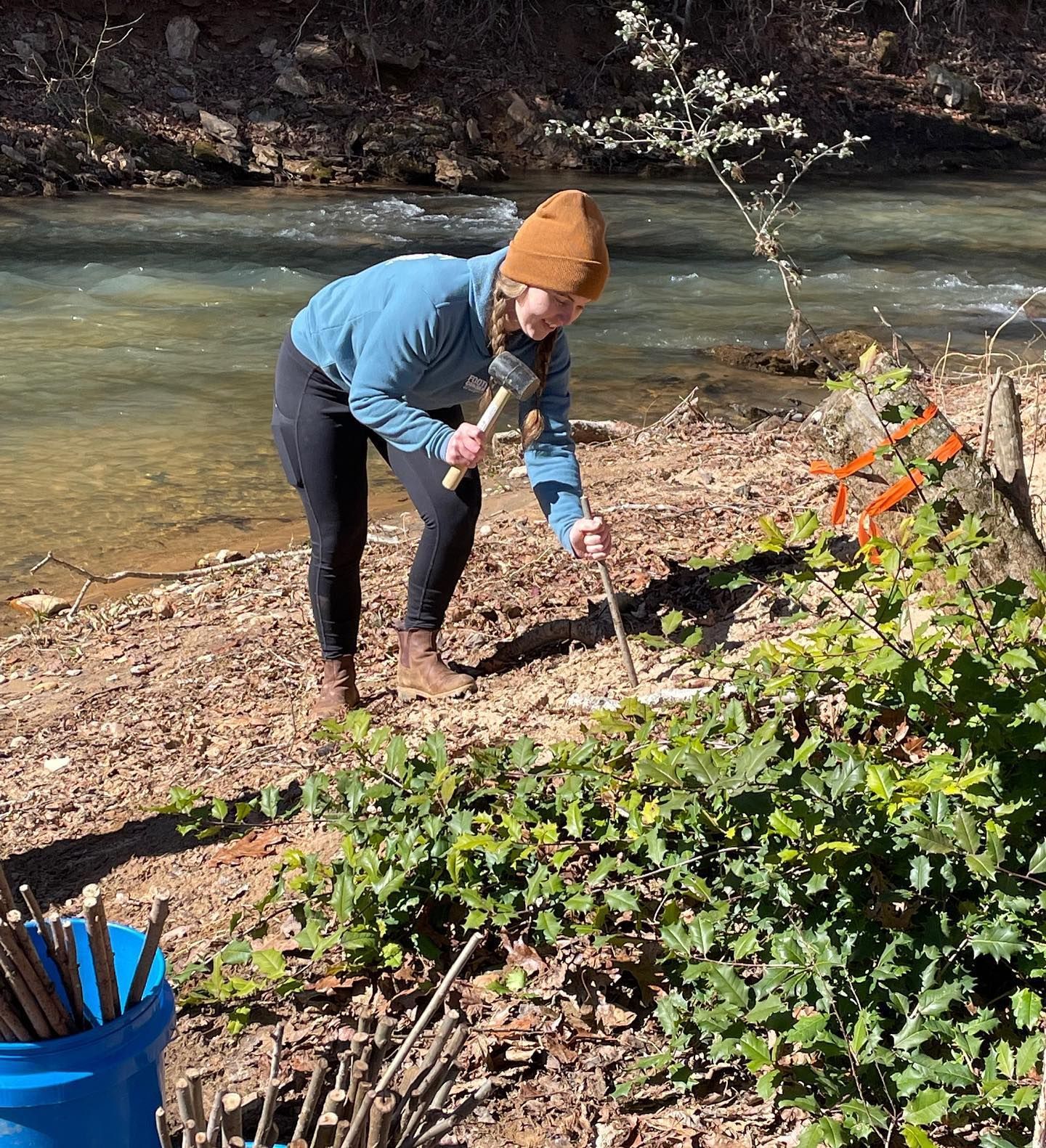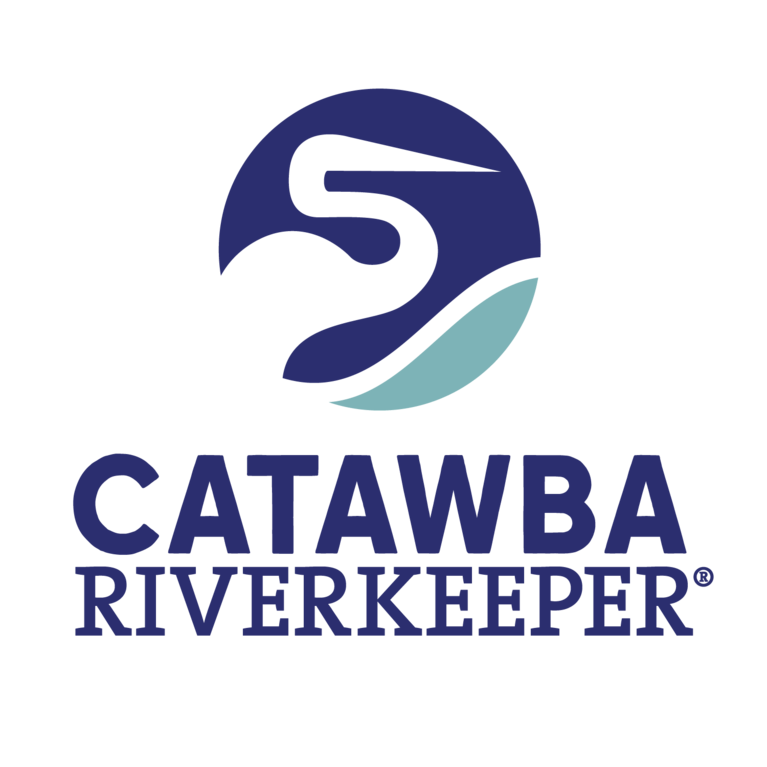Catawba Riverkeeper
Restoration
Catawba Riverkeeper Foundation
Restoration
It’s not enough to prevent future pollution. In order to truly improve water quality, we must restore the waterways of the Catawba-Wateree River basin.
Through watershed planning, Catawba Riverkeeper scientists are identifying potential streams, creeks, and shorelines for restoration. Once identified a plan is created to collect data and unlock grant funding for restoration projects.
Examples of restoration projects include: stream bank and shoreline stabilization, Spider Lily propagation, Beaver Dam Analog construction, and the "re-nativization" of the Outdoor Classroom.
You can read about other potential restoration projects in the Northern Catawba and Southern Catawba and Wateree Basins Protection and Restoration Plans.
Restoration Projects:
See our Advocacy Guide to learn how you can speak up for clean water.
Support Our Foundation
Let's protect the Catawba River!
The Catawba Riverkeeper Foundation is working towards clean, plentiful water now and for generations to come.






